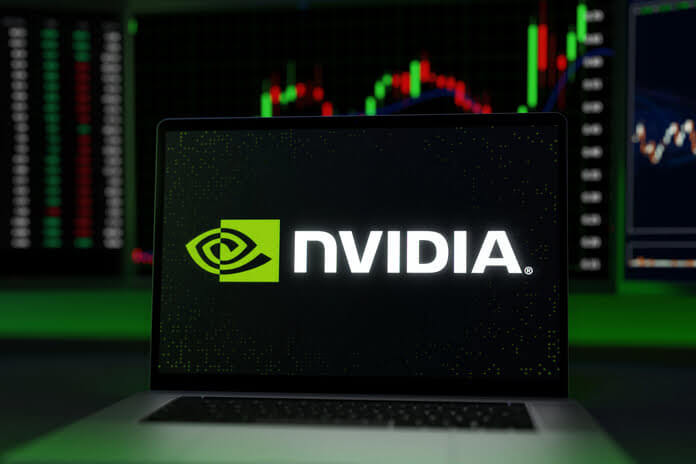According to statistics provided by S&P Global Market Intelligence, Nvidia (NASDAQ:NVDA) had its share price drop by 16.9% in August. Nvidia is the largest chipmaker by market cap.
Nvidia (NASDAQ:NVDA)
Nvidia (NASDAQ:NVDA), along with many other tech stocks, saw a nice price increase during July. But in August, things started looking a lot less optimistic. Nvidia warned investors at the beginning of the month that its second-quarter results, particularly its graphics sector, would fall short of forecasts. Management predicted an even more dismal third quarter when it reported later in August.
What’s the Reason?
This year has seen a significant decline in PC sales and a precipitous decline in cryptocurrency values. Because of this, there is now an abundance of Nvidia graphics chips at distributors and retailers, which led to a precipitous drop in graphics segment revenue for Nvidia in the most recent quarter.
On August 24th, Nvidia (NASDAQ:NVDA) reported financial statistics for the second quarter, saying that sales increased by only 3% yearly and decreased by 19% from the previous quarter. As Nvidia wrote down stock that would have to be sold at a loss to make room in the channel for new products, margins fell as a result. The decline in gaming revenue, which accounted for 44% of total revenue in the previous quarter, contributed significantly to the 33% annual and 44% quarterly declines in revenue and profits reported.
Second-quarter results were below expectations, and management has since anticipated a further decrease of 12% in quarterly sales for the current quarter, to a mere $5.9 billion (down from $6.7 billion in Q2). After the reductions in the previous quarter, the projection for such a large amount was unexpected, even if most people had anticipated subdued guidance. Because of this, trading activity slowed considerably following the release of earnings.
It grew much worse at the end of the month when Federal Reserve Chair Jay Powell’s remarks at a meeting in Jackson Hole, Wyoming, caused a widespread decline in stock prices.
What’s Next?
If you’re searching for a silver lining, know that management blamed supply restrictions of networking equipment for the data center segment’s “only” 61% year-over-year and 1% quarter-over-quarter growth in the second quarter. Compared to the demand destruction observed in the game industry, that’s a much more desirable issue.
During the conference call with investors, management also mentioned an “inflection moment” for the company’s modest but expanding automotive industry. The automotive industry contributed only 3.3% of sales in the previous quarter, but it expanded by 59% year over year, suggesting that it will contribute more.
After the market closed on August 31st, investors in Nvidia (NASDAQ:NVDA) were hit with more negative news. After that, management issued a press release saying that the United States government now requires a special license for Nvidia to sell its best AI chips, such as the A100 and the forthcoming H100, to Chinese customers. Management estimates this might cost the company $400 million in sales in the third quarter of the current fiscal year, roughly 7% of overall guided revenue and around 10.5% of data center revenue from the previous quarter.
Things couldn’t get any worse, maybe. Despite Nvidia’s (NASDAQ:NVDA) stock price decline this year, its valuation of 36.6 times trailing earnings still doesn’t make it appear cheap. So, even if share prices have dropped significantly, this fresh information from China might trigger additional selling. It’s feasible, but by no means guaranteed, that Nvidia will be awarded licenses for non-military users in China. As a result, estimates for Nvidia’s addressable market for data center processors may be revised downward.
Long-term, however, the fact that Nvidia (NASDAQ:NVDA) chips are so good that the company is prohibited from selling them to hostile states speaks volumes about the caliber of its products, management, and technological prowess. Concerns about the A100 and H100’s artificial intelligence capacity appear to show AI is unleashing potent new capabilities that may contribute to the sector’s growth in the following decades.
That bodes extremely well for Nvidia’s prospects. For this reason, long-term investors should consider buying this leading technology company at this challenging moment, especially if it falls further.
Featured Image- Megapixl @Fprimassalam
















